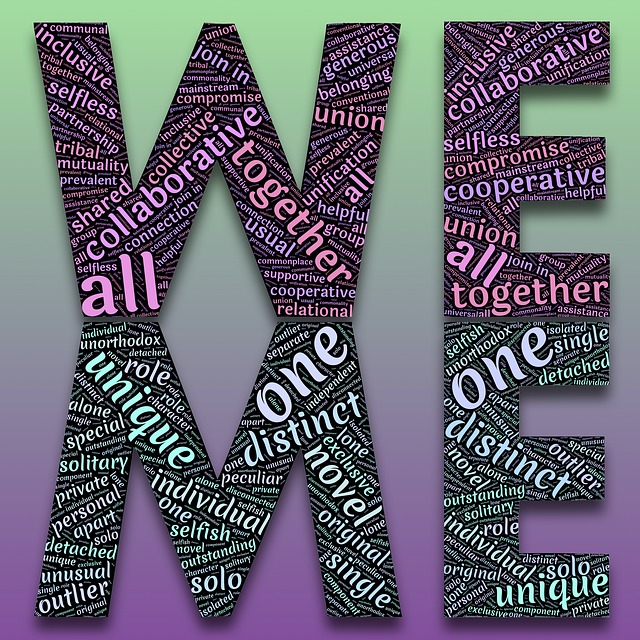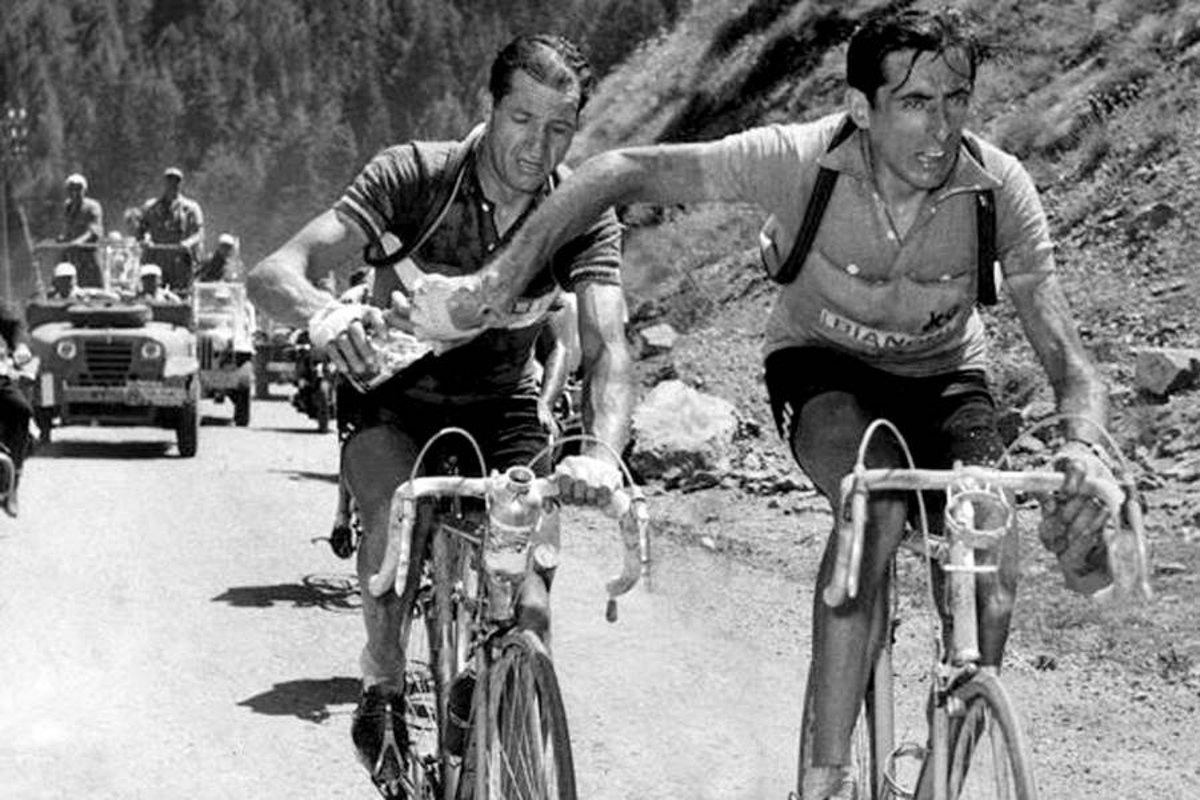Teamwork: motivation and collaboration. For years, these two levers have been considered and acted upon almost as if they were in opposition: motivation (understood as a personal drive) or collaboration.
The gap between motivation and collaboration
Instead, the diatribe, between these two points of view, that have animated organisational and managerial debates for many years, now seems to have finally cleared:
- On the one hand, those who emphasized the importance of individual motivation, ambition and competition within a work group, in order to achieve high-level goals;
- On the other hand, those who highlighted the emerging value of collaboration, empathy, dialogue and listening, to create a cohesive and in line team, with a positive psychological mood.
These two opposite scores, in the field, were (and still are in part) theorized by team leaders and C-levels, who tended to project their own values, beliefs and habits into the entire organisation.
Thus, we move from an almost oppositional dialectic, which identifies pros and cons in both teamwork and the (sometimes competitive and disruptive) energy of motivation, to an integrative dialectic that sees motivation and collaboration as two coexisting focal points that actually interact in any team that really works.
“Be realistic, ask for the impossible!”. To this proposal the new generation heading into the next century, should add the most solemn injunction: “If we do not do the impossible, we will be faced with the unthinkable!”
Murray Bookchin
Working in a fluid and cross-functional teams
So, thanks in part to a generative approach that allows us to think of contradictions as parts of the same whole, we are beginning to meet managers and HR who are hypothesizing new models. Models in which individual and group dynamics merge, creating micro-macro synergies that were unthinkable just a few years ago.
On the one hand, frontier sites emerge in companies, where people can work in fluid, cross functional teams, with agile and streamlined methods. On the other hand, new organisational models are emerging, which take the potential for transversal cooperation to the extreme, minimizing hierarchies and top-down control.
Even if these experiences are not yet fully widespread, success stories are known and well visible, and the ambitions of managers and HR to be able to afford a fluid organization are growing.
Why is the impossible indispensable?
 Today, organisations are complex systems, made up of complex sub-systems and acting in a context where complexity is now constantly perceived by everyone. A reality that present decisions, and the search for solutions, to the pressure of ambiguity and uncertainty.
Today, organisations are complex systems, made up of complex sub-systems and acting in a context where complexity is now constantly perceived by everyone. A reality that present decisions, and the search for solutions, to the pressure of ambiguity and uncertainty.
The challenge is to be trained to reorganise and self-organise quickly, to remain stable, plastic and confident in exploring and experimenting in multiple directions. To know how to be in confrontation with diversity, in a generative way. To win the challenge, it is necessary to find in the drive of competition, of the desire to succeed, affect and emerge, a summary with the ability to cooperate with others by integrating their skills and different approaches.
However, a delicate issue remains open: how to activate staff motivation and teamwork in a concrete and deep way? How to activate in people a shared spirit that supports the idea of a fluid organisation, beyond its philosophical theory? How to really support people in this new project of working in teams?
And here we come up against one of the great classics: how to move effectively from theory to practice?
Developing integration and cooperation in company
Based on our experience, we can summarize the crucial steps that enable a real implementation of new ways sof developing integration and cooperation in company:
- Effectiveness of a team leader who passes down personally, that is on a path of transition, and transformation. Teams led by such managers, will be inspired to do the same. The manager who is capable of truly challenging himself/herself is more credible in the eyes of his/her colleagues, because he/she is the messenger of identity path and therefore not fragile;
- Experience a truly disruptive experience, lived collectively, which helps people to reset prejudices, mutual labels, limiting beliefs about themselves, their colleagues, the company and the business, in order to be able to re-start with new energy and willingness towards a new perspective;
- Act out a solid practice feedback that overcomes normal individual and group resistance to exposing themselves with more direct and authentic communication. This practice must be experienced firsthand, through an initial/activated workshop, and then maintained over time through the construction of specific habits.
And it is with these topics that we are concluding by allowing ourselves a paraphrase, saying that teamwork wear you out… those who don’t have it.

Scrivi un commento